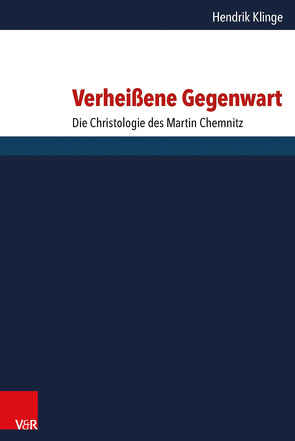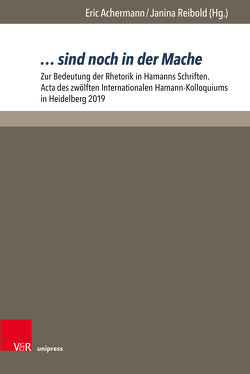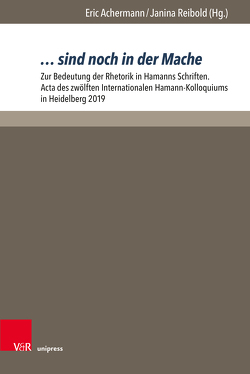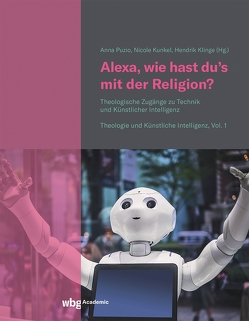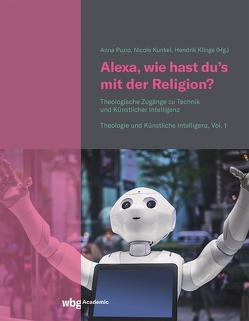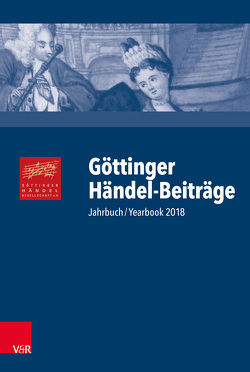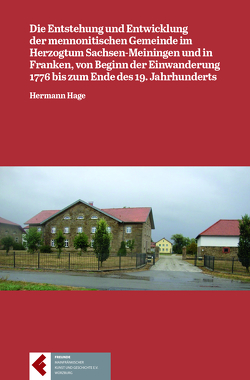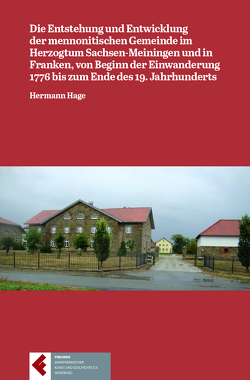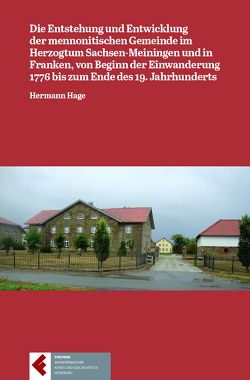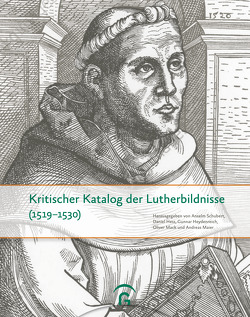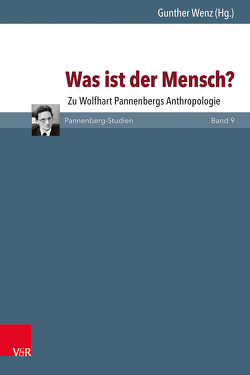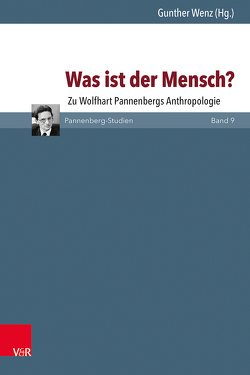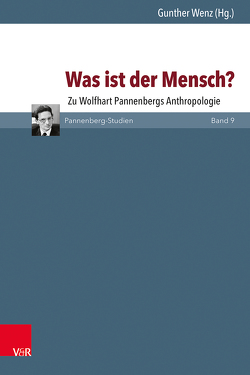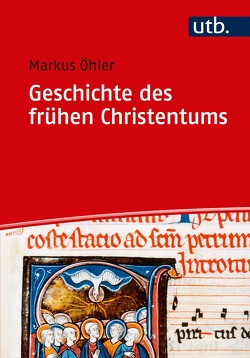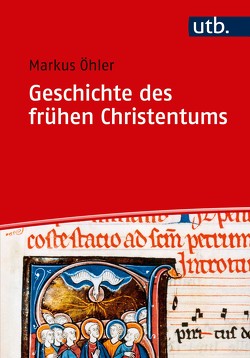Verheißene Gegenwart
Die Christologie des Martin Chemnitz
Hendrik Klinge
Hendrik Klinge shows us the historical scope of the Christology of Martin Chemnitz, its relevance to modern theology and how it paved the way for bridging the Christology of Martin Luther and Melanchthon. The Christology of Martin Chemnitz (1522-1586) represents one of the milestones in the history of Lutheran theology. In this volume Hendrik Klinge shows us its historical scope and its relevance to modern theology. He illustrates that the Christology of Chemnitz was shaped by a strong antispeculative impetus and was focused on soteriological concerns. Chemnitz, the second “Martin” of the Lutheran Protestant Church, thus succeeded in striking a bridge between the Christological views of Martin Luther and those of Melanchthon. At the same time, his Christology was grounded in the theology of language and experience and remained effective long after his time.
